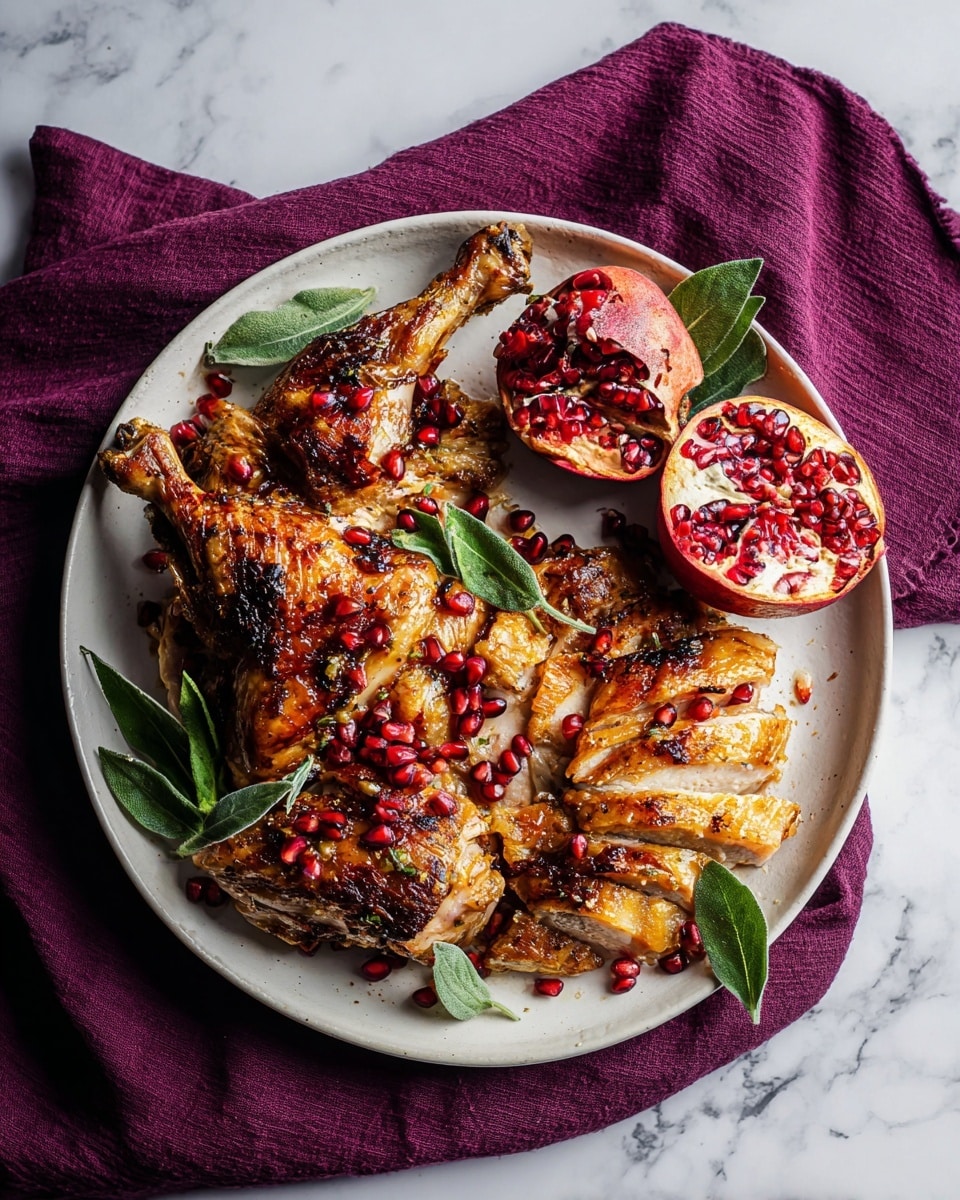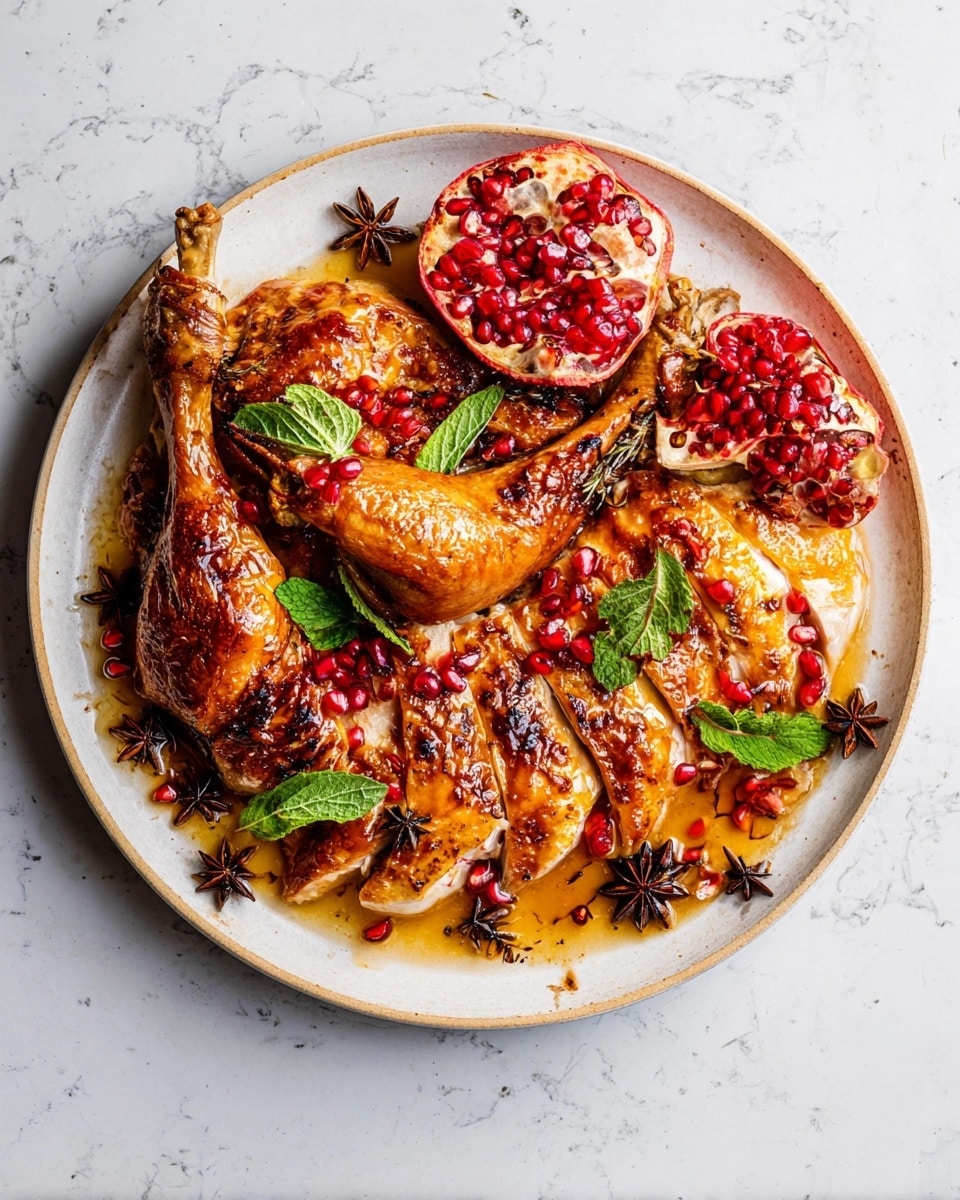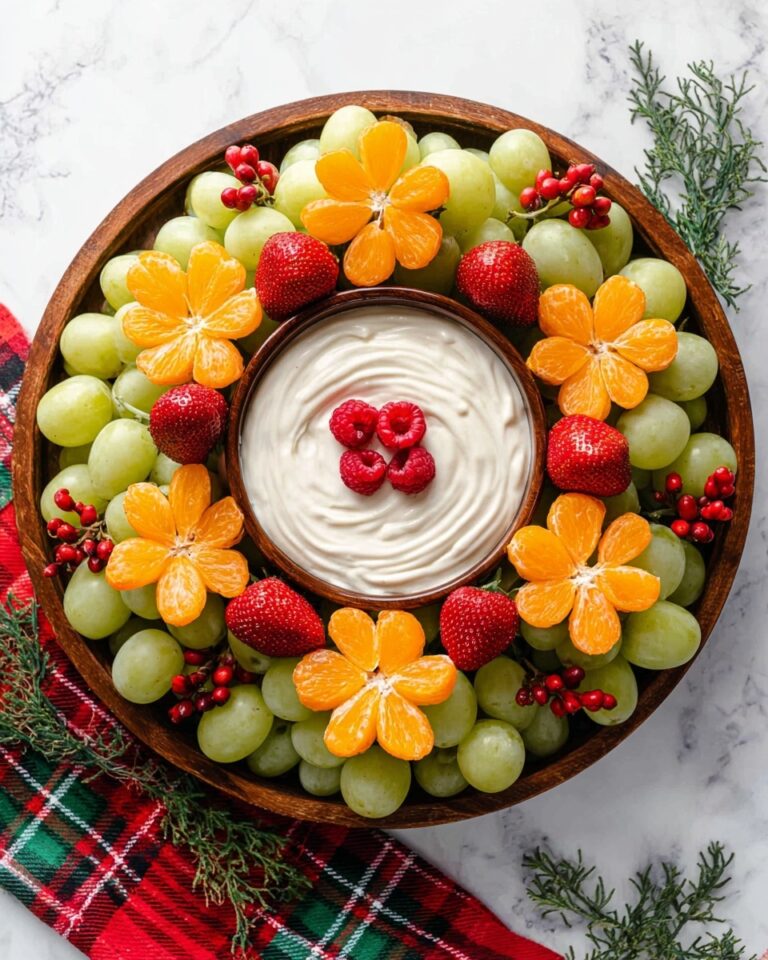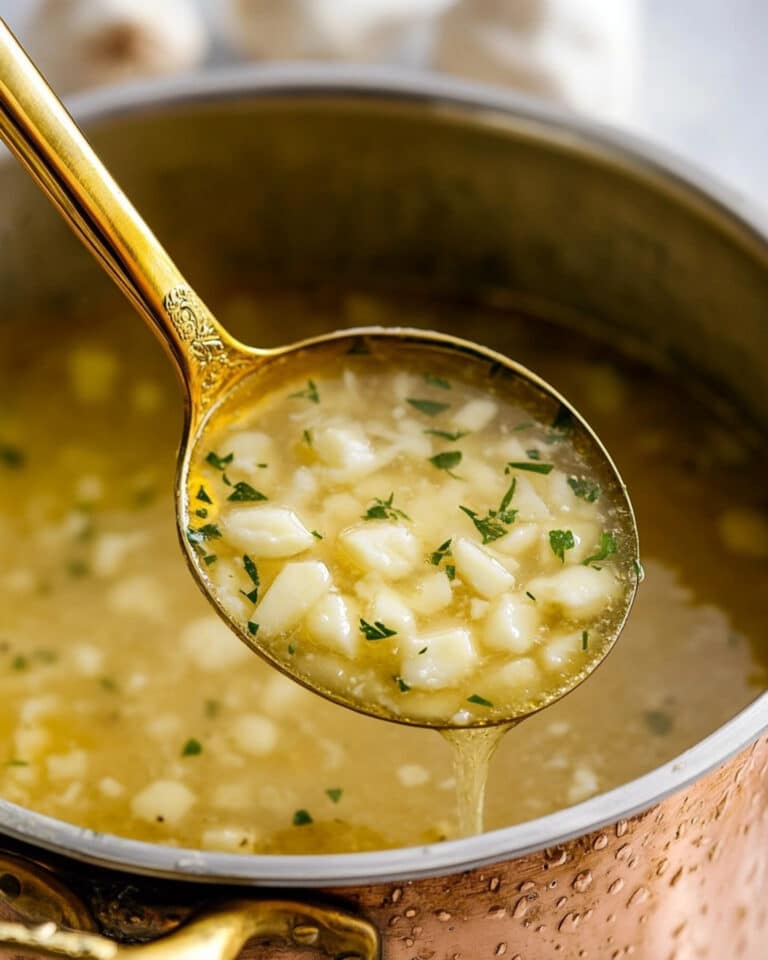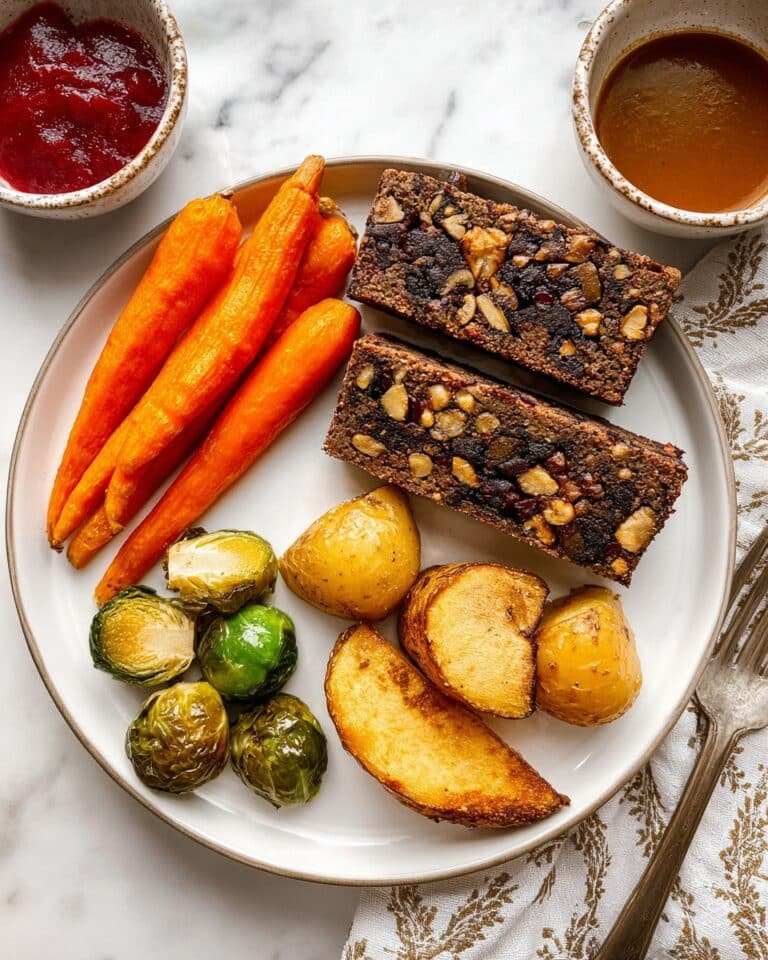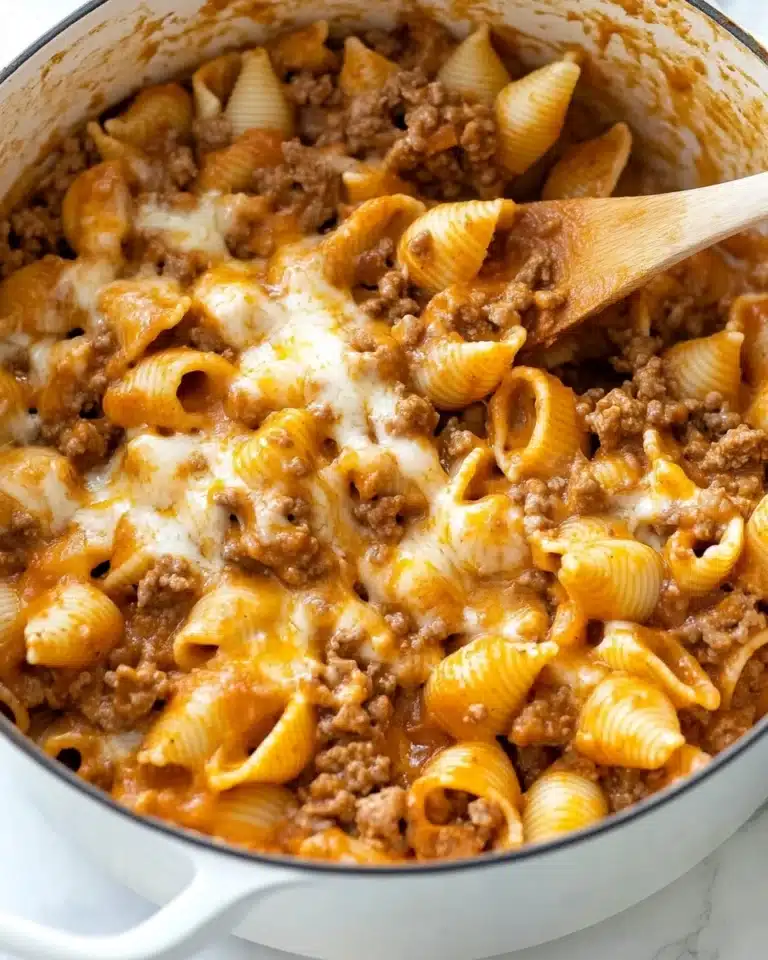If you’re on the hunt for a show-stopping main dish that’s both impressive and incredibly delicious, this Orange-Maple Roasted Duck Recipe is exactly what you need. I absolutely love how the citrusy brightness pairs with the rich, crispy duck skin, and the subtle sweetness from the maple syrup makes it truly unforgettable. Keep reading because I’m going to share everything that helped me perfect this recipe—plus tips and tricks you’ll appreciate every step of the way!
Why You’ll Love This Recipe
- Perfect Balance of Flavors: The orange and maple syrup brighten and complement the rich duck meat beautifully.
- Impresses Every Time: This recipe always wows my family and guests without requiring fancy ingredients.
- Hands-Off Roasting: Once prepped, the duck just roasts low and slow, letting you relax or prep sides.
- Flavor-Infused Aromatics: Star anise and shallots add a subtle complexity to this comforting dish.
Ingredients You’ll Need
All of these ingredients come together in a perfectly balanced way, my favorite kind of cooking! Fresh clementines really bring a bright zing here, and you’ll want quality maple syrup for that deep sweetness that sticks with you. Here’s a quick rundown of the key players.
- Whole duck: Look for a fresh or thawed duck around 4–5 pounds; this size roasts evenly and feeds a family nicely.
- Salt and pepper: Essential for seasoning the skin and cavity—don’t skip this step for the best crispy skin.
- Clementines: These little oranges are aromatic and juicier than regular oranges, perfect both inside and as a garnish.
- Shallots: They gently complement the duck with mild sweetness and aromatics without overpowering the citrus.
- Star anise pods: Adds a warm, licorice-like aroma that elevates the glaze and the roast flavor.
- Maple syrup: Choose natural, pure maple syrup to get that rich, authentic sweetness.
- Dijon mustard: Adds tang and helps bind the glaze on the duck skin.
- Whole-grain mustard: The texture adds a nice contrast, making the glaze a little more interesting and rustic.
Variations
I like to mix things up depending on my mood or what’s on hand. This Orange-Maple Roasted Duck Recipe is versatile enough to handle tweaks, so don’t be shy about playing around with flavors to make it your own.
- Spicy Kick: Once, I added a pinch of chili flakes to the glaze, and it brought a lovely spicy warmth that my family couldn’t get enough of.
- Citrus Swap: If you can’t find clementines, navel oranges or even blood oranges work well; just adjust the roasting time slightly due to size.
- Herb Infusion: Adding fresh rosemary or thyme under the duck skin gave it an earthy aroma that paired beautifully with the sweet glaze.
- Gluten-Free Option: All ingredients are naturally gluten-free, just double-check your mustard label to keep it safe.
How to Make Orange-Maple Roasted Duck Recipe
Step 1: Prep and Season Your Duck
Start by patting your duck dry with paper towels—this is key to getting that skin crispy. Then season it generously inside and out with salt and pepper. I like to stuff a few clementine halves and shallots right inside the cavity, along with the star anise pods; this infuses the meat from the inside out. It sounds fancy, but trust me, it’s easy and worth it!
Step 2: Make the Orange-Maple Glaze
In a small bowl, whisk together the maple syrup, Dijon mustard, and whole-grain mustard. This glaze will coat the duck skin, turning it glossy and caramelized during roasting. I sometimes zest a little orange peel into this mix for an extra burst of citrus flavor. Remember, the glaze should be thick enough to stick but not runny.
Step 3: Roast Low and Slow
Place the duck on a rack in a roasting pan breast side up. Roast at 300°F (about 150°C) for roughly 3 and a half hours, basting every 30 minutes with the orange-maple glaze. This slow roasting renders the fat perfectly and crisps the skin to golden perfection. When you baste, resist the urge to open the oven too often to keep the heat steady—it’s all about patience here.
Step 4: Let It Rest Before Carving
When the internal temperature hits about 165°F in the thickest part of the thigh, it’s ready. Let your duck rest for 15 minutes before carving to allow the juices to redistribute—this is the step I always remind myself not to skip, as rushing straight to carving dries the meat.
Pro Tips for Making Orange-Maple Roasted Duck Recipe
- Dry Skin for Crispy Result: Make sure to dry your duck thoroughly and let it sit uncovered in the fridge for an hour if you can—this step crisps the skin beautifully.
- Low and Slow is Key: Roasting at a lower temperature for longer renders duck fat without drying the meat.
- Baste Generously: Keep brushing that glaze every 30 minutes for a syrupy, caramelized coating that’s absolutely irresistible.
- Use a Meat Thermometer: Avoid guessing and use a thermometer to check for doneness and perfect safety/juiciness.
How to Serve Orange-Maple Roasted Duck Recipe
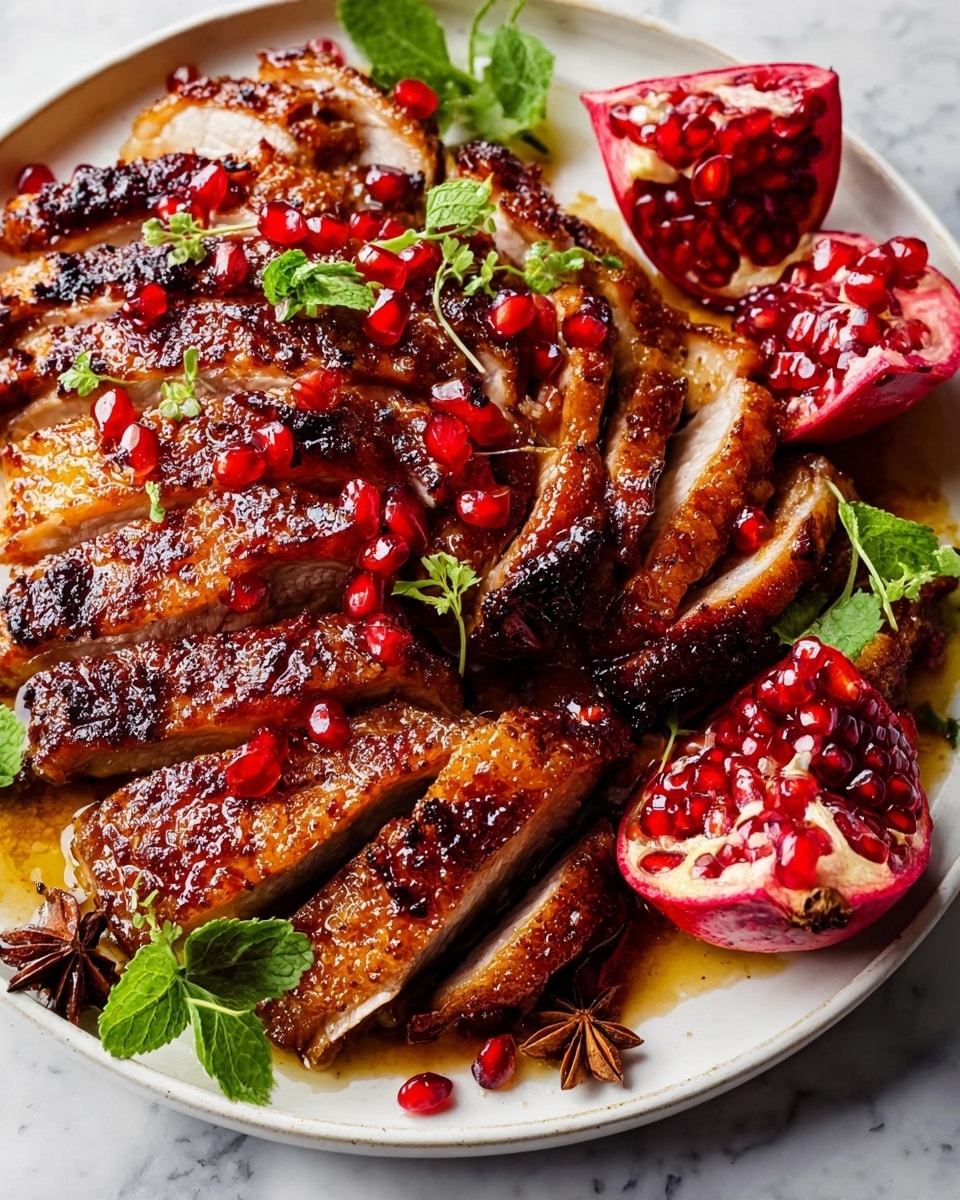
Garnishes
I always love to garnish with a few extra fresh clementine slices on the plate—they bring a pop of color and extra citrus aroma that brightens the dish when serving. A sprinkle of fresh thyme or chopped parsley adds a lovely herby contrast against all that sweet and savory goodness.
Side Dishes
My go-to sides are roasted Brussels sprouts with a touch of balsamic glaze and creamy mashed potatoes or a wild rice pilaf. The bitterness of the sprouts balances the sweet glaze perfectly, while the potatoes soak up every last drop of that glorious sauce.
Creative Ways to Present
For special occasions, I like to carve the duck tableside and serve it on a platter surrounded by segmented oranges and star anise pods for visual drama. Sometimes I drizzle a little extra warm maple glaze over the duck at the table for that wow factor — guests always notice this little extra touch!
Make Ahead and Storage
Storing Leftovers
I usually store leftover duck tightly wrapped in the fridge, preferably in an airtight container. It keeps well for 3-4 days. Pro tip: Let the duck cool completely before refrigerating to keep the skin from turning soggy.
Freezing
This Orange-Maple Roasted Duck Recipe freezes surprisingly well. I carve and portion the meat before freezing it in freezer-safe bags. When I want to enjoy it again, thaw it overnight in the fridge for best results.
Reheating
To reheat without drying out the meat, I cover the duck loosely with foil and warm it in a low 300°F oven for about 15-20 minutes. Then, uncover it for the last 5 minutes to regain some crispiness on the skin. The glaze can over-caramelize if reheated too high, so patience pays off here.
FAQs
-
Can I use duck breasts instead of a whole duck for this Orange-Maple Roasted Duck Recipe?
Absolutely! Duck breasts can be cooked with this glaze too. Just sear them skin-side down until crispy, then finish roasting at a higher temperature for shorter time. The glaze can be brushed on during the last few minutes to avoid burning the sugars.
-
How do I know when the duck is fully cooked?
The best way is to use a meat thermometer. The internal temperature should reach 165°F in the thickest part of the thigh. If you don’t have a thermometer, the juices should run clear when pierced, and the skin should be golden and crispy.
-
Can I prepare parts of this recipe in advance?
Yes! You can make the maple-mustard glaze up to a day ahead and refrigerate it. Also, you can prep the duck with the aromatics inside the cavity the night before for even deeper flavor.
-
What can I substitute for star anise if I don’t have any?
If you don’t have star anise, you can try using a pinch of ground cinnamon or allspice to add a warm, spiced note, though the flavor won’t be exactly the same.
Final Thoughts
This Orange-Maple Roasted Duck Recipe holds a special place in my heart because it turns a modest ingredient into a festive centerpiece with relatively little fuss. I still remember the first time I nailed that crispy skin and sticky-sweet glaze—it instantly became a family favorite. If you’re looking to wow your guests or treat yourself, I wholeheartedly recommend giving it a go. You’ll end up with a dish that tastes like you put in way more effort than you really did, and trust me, everyone will be asking for seconds!
Print
Orange-Maple Roasted Duck Recipe
- Prep Time: 15 minutes
- Cook Time: 210 minutes
- Total Time: 3 hours 45 minutes
- Yield: 4 servings
- Category: Main Course
- Method: Roasting
- Cuisine: American
Description
This Orange-Maple Roasted Duck recipe offers a succulent and flavorful poultry dish perfect for a special occasion. The combination of citrusy clementines, aromatic star anise, and sweet maple syrup creates a beautifully glazed duck with a crisp skin and tender meat. Slow-roasted to perfection, this dish is both impressive and straightforward to prepare, delivering a rich taste experience with minimal hands-on time.
Ingredients
Duck
- 4–5 pound whole duck, giblets and neck removed
- Salt and pepper to taste
Citrus and Aromatics
- 8 clementines, divided
- 3 shallots
- 4 star anise pods
Glaze
- ½ cup maple syrup
- 1 teaspoon Dijon mustard
- 1 teaspoon whole-grain mustard
Instructions
- Preheat Oven: Preheat your oven to 325°F (165°C) to prepare for slow roasting the duck, ensuring even cooking throughout.
- Prep the Duck: Pat the duck dry with paper towels. Season the duck generously inside and out with salt and pepper to enhance flavor and promote crisp skin.
- Prepare Aromatics: Peel and quarter half of the clementines and combine them with peeled shallots and star anise pods. Stuff this mixture inside the duck cavity to infuse the meat with citrus and warm spice notes during roasting.
- Roast the Duck: Place the duck breast-side up on a rack in a roasting pan. Roast in the preheated oven for approximately 3.5 hours (210 minutes), allowing the fat to render slowly and the skin to become crisp. Baste the duck occasionally with rendered fat to keep the meat moist.
- Make Maple Glaze: While the duck roasts, combine maple syrup, Dijon mustard, and whole-grain mustard in a bowl and whisk until smooth. This glaze will add a sweet and tangy finish to the duck.
- Glaze the Duck: During the last 30 minutes of roasting, brush the maple glaze over the duck evenly, repeating every 10 minutes to build a flavorful, sticky coating.
- Roast Clementines: Meanwhile, peel and slice the remaining clementines to roast alongside the duck or separately, which can be used as a fresh garnish or incorporated into a sauce.
- Rest the Duck: Once cooked, remove the duck from the oven and let it rest for 15 minutes. This allows the juices to redistribute, resulting in juicier meat.
- Carve and Serve: Carve the duck and serve with roasted clementines, shallots, and an optional drizzle of any remaining glaze or pan juices for added flavor.
Notes
- This orange-maple roast duck recipe may be time-consuming but it is incredibly easy to prepare and yields excellent flavor and texture.
- Removing excess fat during cooking helps prevent greasy results and improves crispiness.
- You can prepare the glaze ahead of time to save hands-on cooking moments.
- Letting the duck rest after roasting is essential for moist, tender meat.
- If clementines are not available, substitute with oranges or mandarins.
Nutrition
- Serving Size: 1/4 duck (about 6 oz cooked meat)
- Calories: 520
- Sugar: 9g
- Sodium: 360mg
- Fat: 38g
- Saturated Fat: 11g
- Unsaturated Fat: 22g
- Trans Fat: 0g
- Carbohydrates: 8g
- Fiber: 1g
- Protein: 35g
- Cholesterol: 123mg

